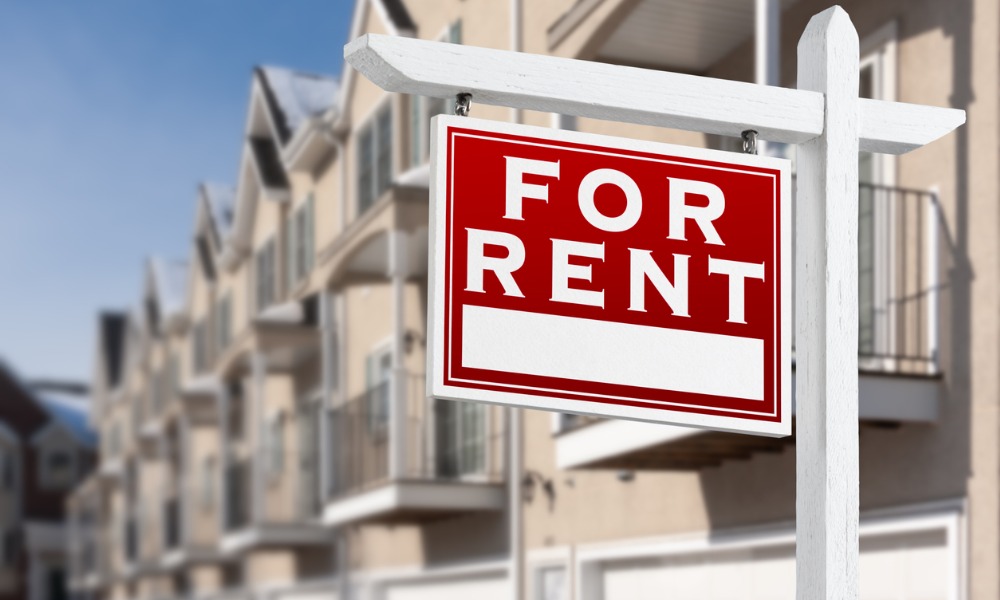Three agencies publish a joint paper

Wage rises and the relative supply and demand of homes were the two key drivers of rents at both the national and regional level over the past two decades, according to a joint paper published by the New Zealand Treasury, the Ministry of Housing and Urban Development, and the Reserve Bank of New Zealand.
The paper, which provides an assessment of the key drivers of rents in the country, was produced by Alan Bentley, Enzo Cassino, and Nam Ngo through the Housing Technical Working Group (HTWG), which includes staff from the three agencies.
“When the effect of other factors is excluded, a 1% increase in nominal wages leads directly to a 1% increase in new tenancy rents,” the authors said.
Compared to rents paid by sitting tenants, new tenancy rents responded more quickly to market changes, the study found.
“A 1% increase in the average number of people in each home, an indicator of relative supply and demand, leads to a 1.5% increase in rents at the national level,” the authors said.
There were a number of reasons the link between rents and the number of people in each home could occur. It could be that rents tended to increase when there were not enough houses to go around or that renters tended to share accommodation more when rents rise.
The study found rents increase when mortgage interest rates lift, although the impact was quite small – a result that was consistent with previous analysis done by the HTWG on the impact of land supply restrictions.
“This is because when land supply is highly constrained, we would expect financial factors, such as interest rates, to have a greater impact on house prices than rents,” the authors said.
In a statement, RBNZ said it was important to understand these key drivers of rents to monitor and assess the balance of supply and demand in the housing market, enhance government policy for renters, improve the accuracy of house price forecasts, and identify potential hot spots at the regional level.
The share of New Zealand households who pay rent has surged during the past 30 years, increasing from about 23% in 1991 to 32% in 2018. The number of rented homes, meanwhile, jumped from around 290,000 in 1996 to 530,000 in 2018.
“Rents matter since low-income households have little discretion over how much they must spend to put a roof over their heads,” the authors said. “Renters typically earn less than homeowners, spend a greater share of their pay on housing, and are less wealthy.”
Read the report, Assessment of the housing system with insights from the Hamilton-Waikato area, on the Treasury's website.
Use the comment section below to tell us how you felt about this.



